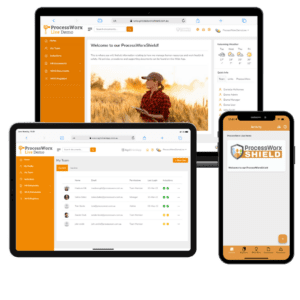Due to social distancing measures, many Australian small businesses have shifted to working remotely. Working remotely can present new challenges such as lack of employee supervision, reduced information between colleagues, social isolation, and distractions at home. If your business is new to employees working remotely, we have compiled some tips for successfully managing employees during COVID-19.
1. Have policies in place
Written policies with guidelines and expectations for both employers and employees while working from home is an important step in transitioning to remote work. Uncertainty is stressful, having clear definitions and policies for employees will provide certainty in the workplace. Having a Working from Home Policy and Agreement between employers and their employees can help set out guidelines and expectations for the new circumstances
2. Regular communication
It is important to maintain regular communication with all staff members who are working remotely. Schedule check-ins with individual staff members as well as teams, to offer consistent feedback so employees do not feel like they’re working in the dark. Prescheduled, structured meetings improve accountability and productivity by sharing daily work intentions and reporting back progress.
3. Provide several communication options
Using email alone may not be enough to keep in touch with employees working remotely. Video conferencing is useful to simulate regular team meetings with visual and audio cues as well as reducing isolation. Instant communication methods are useful for less formal, time sensitive communication e.g. instant messaging using Microsoft Teams. Establishing expectations for using different forms of communication, e.g. using video conferencing for team meetings and instant messaging when something is urgent, will help encourage effective communication and team collaboration.
4. Ensure your employee’s work set up is safe
Even when your team is working from home you have a duty of care to make sure they are working safely. At home, it is important that your employee’s workspaces are set up safely and effectively. Having Working from Home Safe Work Procedures will inform employees and reduce the risk of potential harm.
5. Employee management
Being required to work remotely may not be everyone’s preference and will suit some employees more than others. Check up on employees regularly to make sure they are managing their workload and if not offer to find solutions that work for them. Managing employees’ performance when working remotely may also involve having a conversation with them about their conduct if it is not meeting expectations. Just because an employee is working from home, do not be afraid to use a performance improvement plan if you think it is necessary.
Want more information?
If you’re looking for more information, we have created a COVID-19 Working from Home Toolkit to help small businesses navigate through times of uncertainty, contact ProcessWorx directly on (08) 9316 9896 or enquiries@processworx.com.au.
Written by Danielle McNamee







